
Editor’s note: The following article was supplied by NACHURS Turf & Ornamental. All product claims, research cited and other information is directly from the company.
What is stress in turfgrass?
“One way to define plant stress is any agent that forces a plant to devote resources away from growth in order to combat the stress or its effects. Stress can be caused by a wide range of factors, including pests, weather, soil conditions, plant competition, turf use and management practices. When the growing environment is stressful, there is a greater need to ‘assist,’ or intervene, with inputs, pest control measures and/or cultural practices ... thereby increasing maintenance.” — Jason D. Lanier, University of Massachusetts Amherst, March 31, 2016
Today, the amount of stress placed on highly managed turf is significantly greater than ever before. Stress points include:
- Mowing height/frequency
- Wear/traffic
- Disruptive practices such as aeration, dethatching, topdressing, etc.
- Herbicides/insecticides
- Environmental factors (i.e., heat, drought, cold, ice, salinity, etc.)
- Soil factors (i.e., texture, pH, fertility, etc.)
The current expectations for professionally managed turf
Golf turf is expected to have many specific attributes, which can be difficult to achieve when the plant is under stress. These attributes include:
- Playability
- Uniformity
- Color
- Consistency
- Turf vigor
- Plant density

Right: Evaluating abiotic and biotic stress conditions at Lane Tree Golf Course in Goldsboro, N.C. Photos courtesy of NACHURS Turf & Ornamental
In modern turf management programs, there is a higher desired level of performance requirements. They may require:
- Higher inputs
- Time
- Labor
- Irrigation
- Fertilizer
- Other cultural practices
To achieve these requirements, there are two key goals:
- Minimum input
- Minimum environmental impact
The current reality of professionally managed turf
The current demands for increasing green speeds, along with increasing play, have pushed the turfgrass plant beyond what it can physiologically handle.
The focus is either to reduce the stress on the plant, or to increase the tolerance of the turfgrass plant to stress.
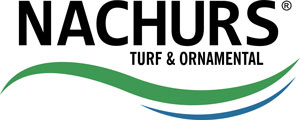
Some products can help reduce plant stress. NACHURS Enhanced Turfgrass Management (ETM) by NACHURS Turf & Ornamental formulations have been developed to provide professional turfgrass managers with products that improve the effectiveness, efficiency and balance of turf biological systems, particularly under stress. This contributes to exceptional plant development, plant function, and plant stress tolerance and recovery.
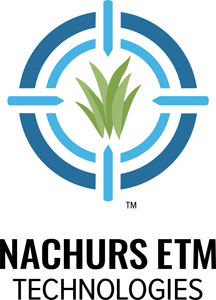
The physiology and art of stress management
For decades, the professional turf industry has focused on reducing poor turf quality and turf losses caused by biotic factors such as diseases, insects, weeds and other living organisms. Recent studies, however, have confirmed that environmental stresses (abiotic stresses) are much more likely to threaten turfgrass growth, quality and sustainability.
Making the transition to 21st-century sustainable turfgrass management is an evolving process. It involves consideration of new, multifaceted programs that ensure healthy and vigorous turf under demanding expectations without compromising the long-term interests of the environment and communities.
It has become clear that any successful and sustainable management program for turf must incorporate strategies that promote the establishment of turfgrass that is capable of tolerating or resisting abiotic stresses.
Plants may experience physiological stress when an abiotic factor is excessive or deficient. Greens and tees are frequently exposed to combinations of stresses such as heat, light, cold, drought, salinity and toxic metals. Research shows these abiotic stressors are most harmful when they occur in combination, such as the combination of heat and drought.
Turf vulnerability
Turfgrass’s vulnerability to abiotic stress such as heat, cold, drought, salinity, UVB rays and metal toxicity is now becoming recognized as a major challenge for turfgrass management.
The subject of turfgrass vulnerability is often associated with discussions of the impacts of climate change. In reality, the vulnerability of a plant is rooted in the study of ecology — that branch of biology that deals with the relations of organisms to one another and their physical surroundings.

Turfgrass vulnerability research done at Rutgers University comparing NACHURS Turf & Ornamental products against untreated plots.
Turf vulnerability is best defined within three components:
- Exposure reflects the type, magnitude and duration of stress (or combination of stresses) to which the turfgrass is exposed.
- Sensitivity can be defined as how responsive turfgrass is to the “exposure” component.
- Adaptive capacity of turfgrass is a term used to describe the ability of turf to adjust successfully to the “potential impact” of exposure and sensitivity. Usually, turfgrasses have a “coping” range to stress exposure, but when that is exceeded, turfgrass is considered to be in a vulnerable state. This implies that through adaptation, the coping range of turf can be expanded.
Plant metabolism
Plants constantly adjust their metabolism and physiology to respond to changes in their environment, especially when they encounter biotic and abiotic stresses. To accomplish this, plants have developed highly integrated plant biological systems that use complex metabolic and signaling networks to maintain balance in the coordination of plant requirements.
Primary metabolism comprises a group of pathways that govern all basic physiological processes that allow turfgrass to grow and reproduce. It is responsible for the synthesis of essential molecules such as proteins, carbohydrates and amino acids required for normal physiological growth and energy requirements of the plant.

Right: Evaluation of root development on newly seeded greens at Ohio State University’s golf course. NACHURS K-Force was used.
Secondary metabolism produces many specialized compounds that do not aid in the growth and initial development of plants but are used in signaling and regulation of primary metabolic pathways within cells. Plant hormones, which are secondary metabolites, are often used to regulate the metabolic activity within cells and oversee the overall development of the plant.
Plant defense and the ability of plants to cope with both abiotic (environmental) and biotic (pathogen-related) stresses is a common role of secondary metabolite influence on signaling pathways and the production of defense compounds.
Optimal stress management programs should include a multifaceted or “stacked” approach to plant health and stress management. Products within these platforms should be integrated to establish a start-to-finish framework that interacts with key plant physiological, metabolic and defense-related functions throughout the growing season so that favorable plant functions and processes are preserved across different growing conditions (including moderate to heavy stress).
Amino acids
During the past decade, there has been a rapidly growing interest in and use of the application of foliar/liquid sources of amino acids as principal components of comprehensive foliar supplement and stress management programs.
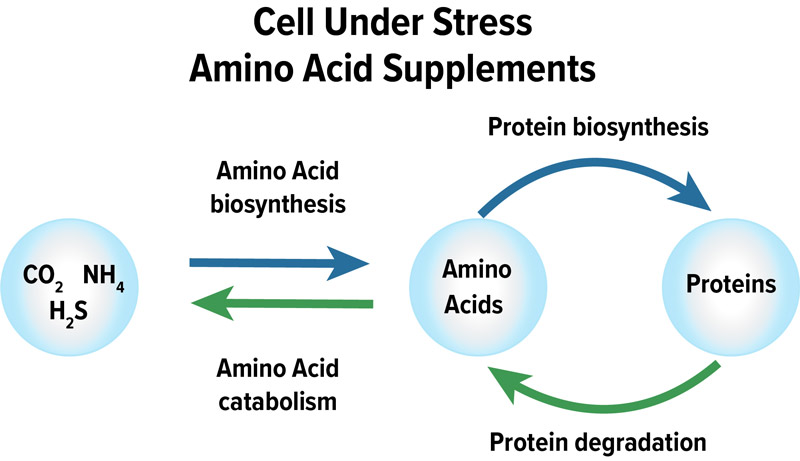
Amino acid constituents would be used to enhance the plant’s ability to manage environmental (abiotic) stress conditions and satisfy structural and functional demand during critical stages of growth.
Amino acids provide for better utilization of carbohydrate reserves for energy. They give the plant building blocks that are critical for defense proteins, which in turn allow additional plant energy to rebuild health and improve root development.
Importance of amino acids in plants:
- Provide plant with effective defense compounds.
- Play pivotal role in nitrogen assimilation.
- Energy-free, soy-based amino acids provide building blocks for assembly into proteins, enzymes, etc., that are used in primary and secondary metabolism.
- Supplied amino acids can also be broken down to provide base materials for biosynthesis into other amino acids needed for primary and secondary metabolism.
- Furnish the essential substrate material for the duplication of a plant’s genetic code.
- Reduce energy and carbohydrate production requirements required for de novo synthesis of protein-based materials.
- Allow plants to conserve adenosine triphosphate (ATP) energy and apply energy toward other metabolic processes and functions.
- Major form of organic nitrogen.
- Provide building blocks for defense compounds.
Potassium acetate
Potassium acetate-based formulations reduce the need for glucose in the Krebs cycle, the process where plant cells generate energy. Less carbohydrate production is required to feedstock energy requirements. This is particularly important during periods of stress when photosynthesis is reduced and respiration is increased.
Because the acetate carrier is a natural plant metabolite, it is more rapidly and readily taken up by plants, which in turn leads to increased potassium-use efficiency.
Plant benefits of potassium acetate:
- Potassium acetate is associated with the turfgrass plant’s ability to tolerate stress conditions such as temperature extremes, drought, wear, salinity and UV rays. Potassium also plays a lead role in enzyme activity, photosynthesis, respiration, carbohydrate production, translocation, nitrogen metabolism and protein synthesis.
- Most turfgrass varieties require potassium in large amounts, second only to nitrogen.
- It provides an alternate route to the synthesis of Acetyl-CoA (the starting molecule for the Krebs cycle), greatly increasing the turf plant’s efficiency and effectiveness in providing energy during stress conditions and when the turf plant’s carbohydrate reserves are low.
- Potassium acetate contributes to the turfgrass plant’s ability to provide energy to drive development, metabolic function and stress response systems — while saving photosynthate (glucose) for other purposes.
Sulfur
Sulfur management is an important issue in crop plant nutrition and plant defense mechanisms. Sulfur is significantly involved in fundamental processes such as electron transport, structure and regulation. It is also associated with photosynthetic production, abiotic and biotic stress resistance, and secondary metabolism.
- Sulfur is characterized as a donor molecule essential in the synthesis of essential biomolecules and defense compounds.
- Sulfur is a key element contained in enzymes, which enables the turf to degrade amino acids and construct new proteins.
- It improves nitrogen assimilation and increases nitrogen-containing compounds.
- Sulfur molecular imprinting occurs in a multitude of fundamental functions and processes — primarily and secondary metabolites relating to plant defense.
Silicon
Decades of research have confirmed that turfgrasses have an evolutionary predisposition for the uptake and use of silicon to tolerate stressful conditions and enhance recovery following stress.
Silicon has also been shown to act as a defense modulator, influencing the amplitude, timing and extent of plant defense signals responsible for defense functions directed at biotic and abiotic stimulators.
Stress responses improved by silicon include:
- Increased tolerance to drought, temperature extremes, UVB Rays and metal toxicity.
- Increased tolerance to salt stress.
- Promotion of balanced nutrient availability and transport.
- Improvement in plant structural integrity.
- Increased root activity.
- More efficient plant defense responses resulting in increased disease suppression and improved resistance to insects.
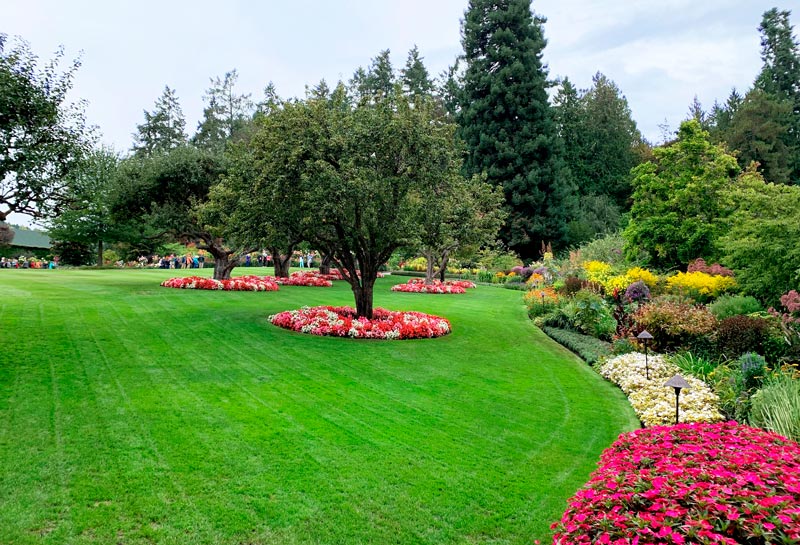
NACHURS Turf & Ornamental has developed the ETM (Enhanced Turfgrass Management) portfolio of products designed to supplement best management practices (BMPs) by allowing applied amendments to enter the plant through foliar and root absorption opportunities. It has a hybrid delivery and placement approach that provides optimum plant uptake of products, improving product effectiveness and efficiency. NACHURS ETM proprietary formulations have been developed with a specific focus on their ability to provide professional turfgrass managers with products that provide turf with the opportunity for exceptional plant development, plant function and plant stress tolerance and recovery.
NACHURS ETM products are powered by their novel combination of nutrients and supplements and protected by their proprietary polyamine-based compatibility technology — providing professional turfgrass managers with unparalleled performance, effectiveness and efficiency.
The NACHURS ETM proprietary polyamine-based compatibility technology maximizes the availability, efficiency and effectiveness of its ETM nutrients and supplements.
- This polyamine-based technology addresses problems with bicarbonates, elemental antagonism and issues associated with pH. This novel delivery technology utilizes a polyamine compatibility agent that enhances the plant availability of nutrients and supplement sources.
- The polyamines used in ETM product formulations have a particular affinity to chelate metal cations, rendering them incapable of forming precipitates with ETM formulation nutrients and supplements. This also prevents their involvement in fixation reactions on soil surfaces.
- NACHURS ETM polyamines form chelate molecules with calcium and magnesium. This prevents them from participating in reactions that produce precipitates with bicarbonates that reduce elemental availability, weaken soil structure and block irrigation nozzles.
- NACHURS ETM polyamine technology has a significant effect on the reduction of antagonistic cations under both acidic and alkaline environments.
NACHURS Turf & Ornamental products combine the latest technologies to provide the turf industry with sustainable, ecological and efficient use of nutrients and are focused on improved plant health and stress tolerance. Our unique, proprietary formulations focus on stress relief and prevention and provide immediately available nutrients to turf to support optimum plant health and growth. Also, all products are engineered with NACHURS ETM Technologies, which are designed to enhance efficiency of the overall plant metabolic pathways. By utilizing a multifaceted approach to plant health, NACHURS Turf & Ornamental products will help increase the turf’s natural ability to elicit self-defense mechanisms, reduce energy requirements needed to produce defense proteins, and correct deficiencies needed for antioxidants. These catalyzed reactions within the plant will help form valuable energy to help increase energy efficiency, which is especially required during increased stress conditions.
NACHURS ETM proprietary formulations have been developed with a specific focus on their ability to provide professional turfgrass managers with products that provide turf with the opportunity for exceptional plant development, plant function, and plant stress tolerance and recovery.
NACHURS ETM Supplements
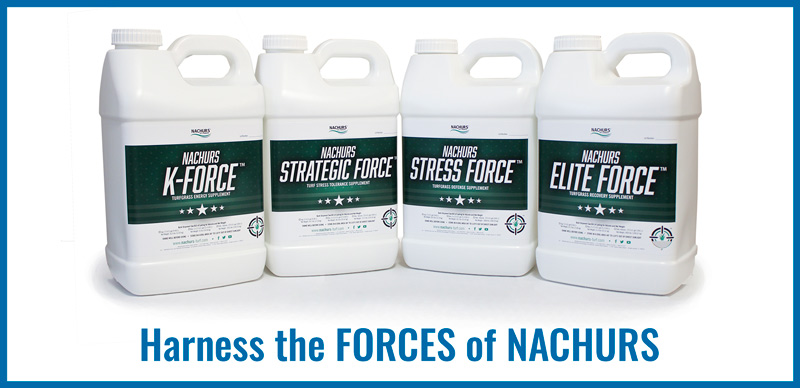
Please visit the NACHURS Turf & Ornamental website for more detailed information on ETM Products, or please call 800-622-4877 x 247. NACHURS Turf & Ornamental can also be found on Facebook and Twitter.
Steve Miranda is the director of NACHURS Turf & Ornamental and has over 40 years of experience in the professional agriculture industry, with 20-plus years in director and senior management roles covering the professional turf, horticulture and high-value specialty agriculture markets. Jeff Medlin is the new-ag markets business manager for turf for NACHURS Turf & Ornamental and is focused on sales and product development. He has nearly 40 years of experience in the green industry.